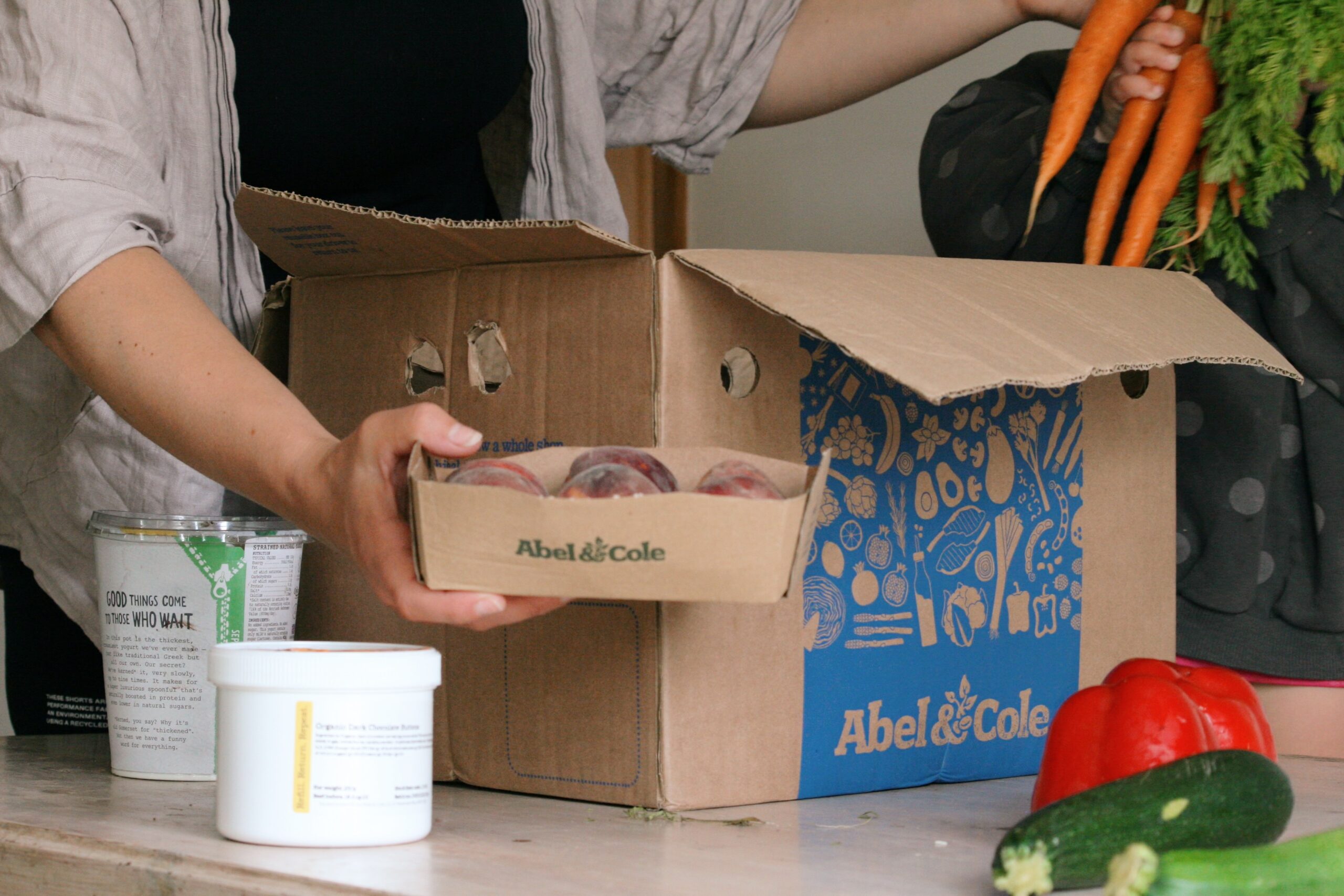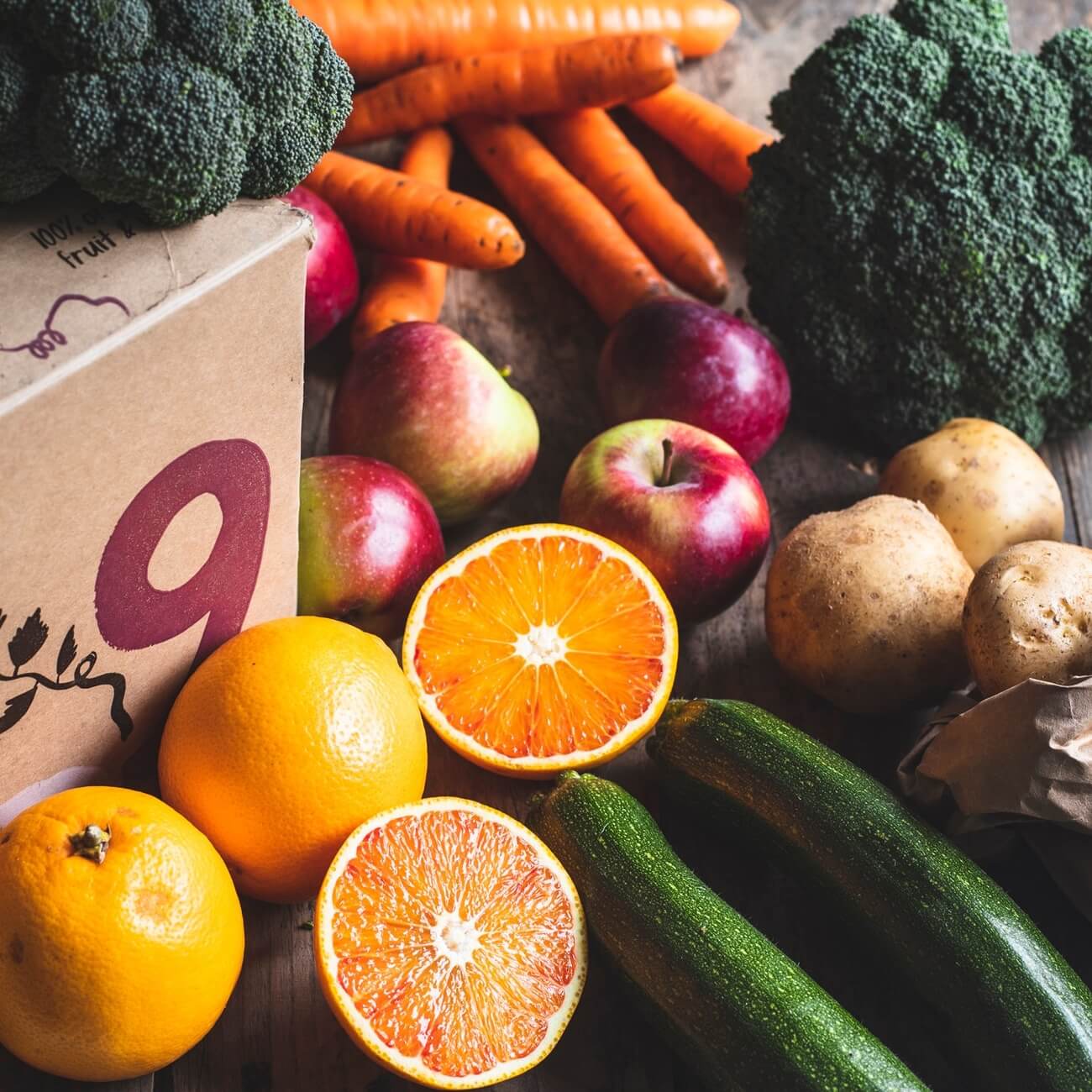A free tool for keeping to YOUR food budget every day!

Breaking down a monthly food budget to individual meal decisions
Do you find it hard to translate a monthly food budget into food and shopping decisions on a daily basis? Or do you find you know your monthly food spending goal but not really what that means for each meal? If so, you are not alone.
In my experience most people struggle successfully converting their monthly budget to a meal plan and shopping choices, and then feeling powerful to stick to it through different situations and phases of life. That was 100% me too. This is the tool that now helps me stick to my (statistically on/below national average) budget every week.
The simple budget tool that keeps me on track though all of life (that you need!)
Below you’ll find a link to a simple tool you can put your own food budget numbers into to help you feel equipped with more information. It’s very simple but takes your budget and breaks it down to your goal amount to spend on food per meal. Knowing our goal spend per meal helps me consistently plan and stick to my budget but also helps me adjust on the fly, and stay on track through abnormal days like travel, vacation, or stressful weeks where we don’t want to meal plan. And we’ll look at how you can use it in your life to keep you on track with less effort.
How to use the Meal by Meal Budget Calculator
Let’s break it down! Click the link and the click “Use Template.”
Download the Meal by Meal spending calculator (USD version)
Download the Meal by Meal Spending Calculator (GBP version)
Notes: (1) Neither of them are actually currency specific, they just have a dollar or pound sign. Either one can be used for any currency. (2) You will need to be logged into your Google account to use the template as it’s hosted on a Google sheet.
1. Add your monthly budget

Start at the beginning and pop in your monthly food budget (or your weekly budget multiplied by 4). Even if you can get close to a number, the discipline and goal numbers will help you! If you really don’t know, you can find some average numbers for the US and the UK divided up by household size and demographic below. Obviously what other people are doing is NOT what should determine our spending, we need to use our own income numbers. BUT sometimes averages can give us a gauge and starting point that’s helpful. The idea of this tool is you can come back and revisit it so just start somewhere.
USDA Figures for Average Food Spending (updates monthly)
UK Average Food Spending (2023 Figures)

2. Remove a portion for non meal costs from your monthly food budget
Sometimes we have some things in our budget that are not associated with meals. Maybe cleaning supplies, alcohol or coffee, snacks that aren’t a meal, or things like parchment paper. We don’t want to factor these into each meal cost so it’s easier to deduct them at the beginning. If you really don’t know, I suggest deducting 10-15% of your meal budget here to give you cushion as you start. Then be aware and calculate as you spend, to adjust that number.

These next two boxes are your goal spending amount per day and per meal. You might find one or the other more helpful depending on what your week is like or how you shop and plan.
3. Portion your food budget to different meals

In the bottom section you can proportion your budget differently to different meals. Lots of people spend more on dinner and less on breakfast. Or you might have kids on school lunches and need less then. So you can play with different percentages for different meals. Or you can play with the percentages until you get to the amount you want to spend for dinner – and see what’s left for other meals. It’s a really helpful tool for having a hard look at how your budget translates into real life.

So once we have a goal meal price, how do we calculate the cost of a meal?
This part does take work! It’s worth it though if you need help staying on budget. You’ll also find that once you start calculating every meal, it gets faster. There’s no simple way to calculate the price of meals unless you’re eating a single item – You need to calculate each ingredient, and then add them up! But start to keep notes to make it simpler and to refer back to.
Note: You’ll want to keep all your receipts. I pull up online receipts from my emails, and snap a photo of any physical receipts so they’re all on my phone as I’m cooking or planning. Then I use those to calculate the cost of a meal as I’m making it or to add it up before/after eating.
You need to calculate the cost of the full ingredient multiplied by the amount of it you’ll use. Then do this for every ingredient your meal uses.
Cost of full ingredient (e.g 25kg of flour £30) x Amount used (e.g. 50g) = Cost for the amount used (e.g. £0.06 for the 50g flour)
If you’re shopping on the fly for a single meal outside of a meal plan, it’s especially easy to overspend. So this is helpful tool as you pick up ingredients. If your budget goal is £4 for a meal and you pick up a £3.50 pizza you know you can add something on the side, or if the pizza is £5 you can still grab it for dinner but you need to balance it with another meal that’s cheaper. It’s much harder to weigh that up when we don’t break down the monthly numbers, and can lead to overspending.
Using Your Meal Budget to Stay on Track: Numbers are Empowering!
Reality check: Lots of people go over their food budget because they don’t know what a meal needs to look like to stay within their monthly budget. It might be a difficult reality to see what you have to spend (I get it!) but the only way we’ll hit our budget goals is to know our numbers. Numbers are actually really empowering when we look at them and understand what they mean for life.
You might find that some meals you eat are over the price they need to be. That’s ok. You now know those meals need to be worked in with others that are under the goal price, or they need to be eaten less often. You can use this as you build your meal plan. Or you might find that you have some meals you enjoy that are under budget and can be worked in more often if need be. You might also see how you can adjust a meal. Maybe a certain meal can be brought down in price by not having a side, by not using cheese, by removing a certain element.
Once you know the cost of a meal, start a master list of meals with an idea of the price level – then it’s easy to refer back to them as you meal plan. It’s all a tool for learning about the food we eat and adjusting to stay on track! So take what you learn each week, and use it the next week to learn and get closer to eating the best way possible on the budget you have.
You’ve got this!
OTHER POSTS YOU MIGHT ENJOY:
How to Food Shop Well on a Budget – Part 1
How to Food Shop Well on a Budget – Part 2
Ethical Clothes on a Budget (my personal challenge for the year!)






